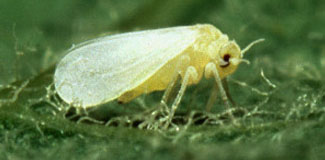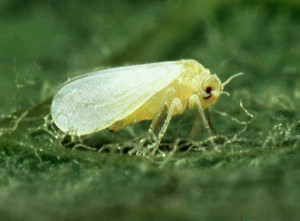Keep transplants well watered and mulched to help them get rooted in before summer’s heat and humidity arrives. Liquid fertilizers can be applied every two weeks to get new plants off to a good start. Slow release fertilizers should be used at planting time and not be needed again until mid summer. Watch out for aphids and whiteflies.
Turf
Repair bare patches or replant large area using seeds or sod when the average daytime temperatures stay above 60 degrees. Water newly seeded or sodded turf to encourage rapid establishment. Wait at least two or three weeks after the turf has completely greened up before fertilizing according to soil test recommendations.
If fire ants have cropped up in the turf now is the best time to control them using the two step method.
Step 1. Broadcast a fresh-bait insecticide over the entire landscape. Apply the bait when the workers are foraging for food. In the spring and fall, this is during the warmer daylight hours. In the summer, apply the bait in late afternoon or evening when the ants are foraging. Distribute the bait with a handheld seed spreader. Make one or two passes over the area at a normal walking speed to apply the recommended rate. Most mounds that receive this slow-acting bait treatment will eventually be eliminated.
Step 2. No sooner than seven days after applying the bait, treat only those mounds that pose a threat to people. These mounds are located near walkways, play equipment, and other areas where your paths cross. Use an approved fire ant insecticide product following label directions.
Perennials
Plant perennials now and apply slow release fertilizers. Many perennials can be divided now or in the fall. Watch out for aphids, whiteflies, and slug or snails.
Roses
Last year’s mulch may contain fungal disease spores that can infect your rosebushes. If you haven’t done so already, remove old mulch and apply fresh mulch. Keep the layer between 2 and 3 inches thick. Fertilize once-blooming roses in early spring before growth begins. Repeat-blooming roses should be fertilized only if necessary. Evaluate the growth and appearance of the plant to decide if fertilizing is necessary. Only one or two applications may be necessary during the season if you use a slow-release fertilizer. Water after application to make sure the nutrients are available to the rose. Inspect your roses for aphids and spider mites.
Shrubs
Continue to plant shrubs. Pay strict attention to watering to help them get established. If you’re unsure of the extent of winter injury, wait until growth starts before removing dead wood. Prune spring-flowering shrubs as their blossoms fade. Prune out dead, damaged, or pest-redden branches first. Avoid using heading cuts to prune them into mushrooms or meatballs. Rather, use thinning cuts to remove renegade limbs and to accentuate their natural shapes. To prune forsythia, quince, nandina, or other multi-stemmed shrubs, cut off a few of the older central stems right at ground level so new ones can spring up and take over. Prune azaleas only if they require it and after they have finished blooming. Thin wayward branches. Cut back branches that have just a ring of leaves at the top. Fertilize azaleas AFTER they finish blooming. Watch out for aphids, whiteflies, and spider mites. Azalea lacebugs suck sap from the undersides of azalea leaves, creating damage that appears as stippled or blanched areas on the surface of the leaves. Look for tea scale on the undersides of leaves on camellias and hollies. They will appear as white spots.
Trees
Fertilize palms with a slow-release fertilizers have an analysis such as 18-6-12 or 15-5-10. Palms also benefit from fertilizers containing magnesium and other micronutrients. Epsom salts are a great source of magnesium. Place a cupful around your palm once a month and water it in.






